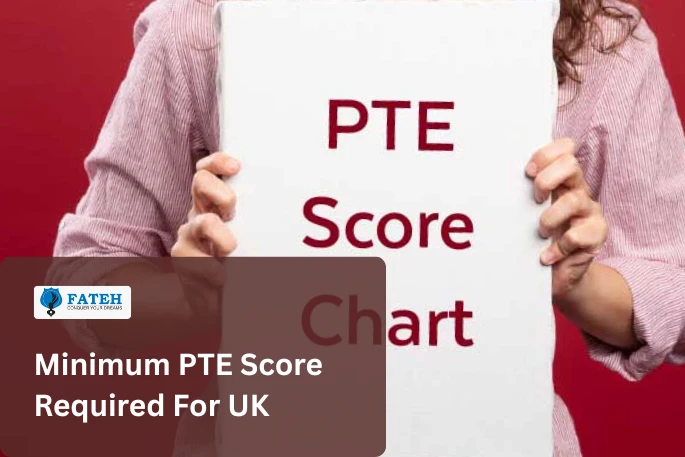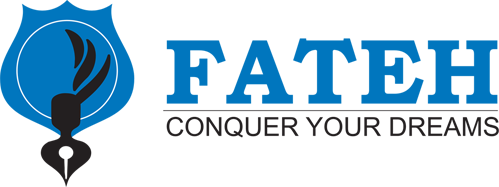Minimum PTE Score Required For UK 2025: Requirement & Universities

Visa-Specific Score Benchmarks: UK student visas require minimum PTE scores of 43 for diplomas and 59 across all sections for degree courses. Work visas demand 59+ in each component, while PR applications need B1 level (43-50). Only PTE Academic UKVI results are valid for visa processes.
University Admission Thresholds: Top-tier institutions like Imperial and LSE require 67-75, while mid-ranking universities accept 58-65. Several reputable universities, including Glasgow and Westminster, admit master’s students with scores of 50-57.
Strategic Preparation Advantages:PTE’s computer-based format delivers results within 48 hours – significantly faster than IELTS. The test’s integrated skill assessment and AI scoring provide consistent evaluation, though candidates must master specific digital testing techniques to optimise performance. This quick turnaround can be particularly valuable when applying for different admission cycles, such as understanding the fall vs spring intake differences which may affect your application timeline.
IELTS vs PTE: Which is Easier & Difference between IELTS & PTE

Test Format & Experience: IELTS offers both paper-based and computer-based options with a face-to-face speaking test, ideal for those comfortable with traditional assessment. PTE is fully computer-based with AI-evaluated speaking, suited for tech-savvy test-takers preferring quick, unbiased results.
Global Acceptance & Purpose: IELTS is more widely recognised, especially for UK visas and university admissions, with separate Academic and General Training versions. PTE, though accepted in Australia, Canada and New Zealand, has narrower reach but excels in faster processing and flexible test dates.
Scoring & Suitability: IELTS uses a 0-9 band scale, while PTE scores range from 10-90. A PTE score of 58-64 roughly equates to IELTS 6.5. PTE’s integrated sections (Speaking & Writing combined) may benefit those who perform better in a digital, time-efficient format.
Difference Between Fall Over Spring

Intake Dynamics & Strategic Fit: Fall intake (August-October) dominates globally with 70% of programme launches, ideal for those seeking wider course options and vibrant campus life. Spring intake (January-February) offers a quieter, more intimate academic environment with smaller cohorts.
Opportunity Timelines: Fall aligns better with research funding cycles, internship recruitment (March-June) and university orientation events. Spring entrants may need proactive planning for internships and social integration but benefit from less competition for resources and housing.
Decision Drivers: Course availability varies—fall offers more specialisations, while spring may limit niche modules. Visa processing is smoother in fall with institutional support, whereas spring demands self-driven planning.
How to Apply For Foreign Universities?

Strategic University Selection: Choosing the right foreign university requires evaluating programme relevance over rankings, assessing faculty-industry connections and understanding post-study work visa policies. Early research ensures alignment with career goals and financial planning.
Application Essentials: Successful applications require attested academic documents, English proficiency tests (IELTS/TOEFL) and tailored personal statements. Country-specific systems like UCAS (UK) or direct applications demand careful attention to individual university requirements and deadlines.
Post-Application Planning: Early visa preparation with proof of funds (varies by country), accommodation arrangements and pre-departure briefings smooth the transition. Many universities offer dedicated international student support for cultural adaptation and career networking.

